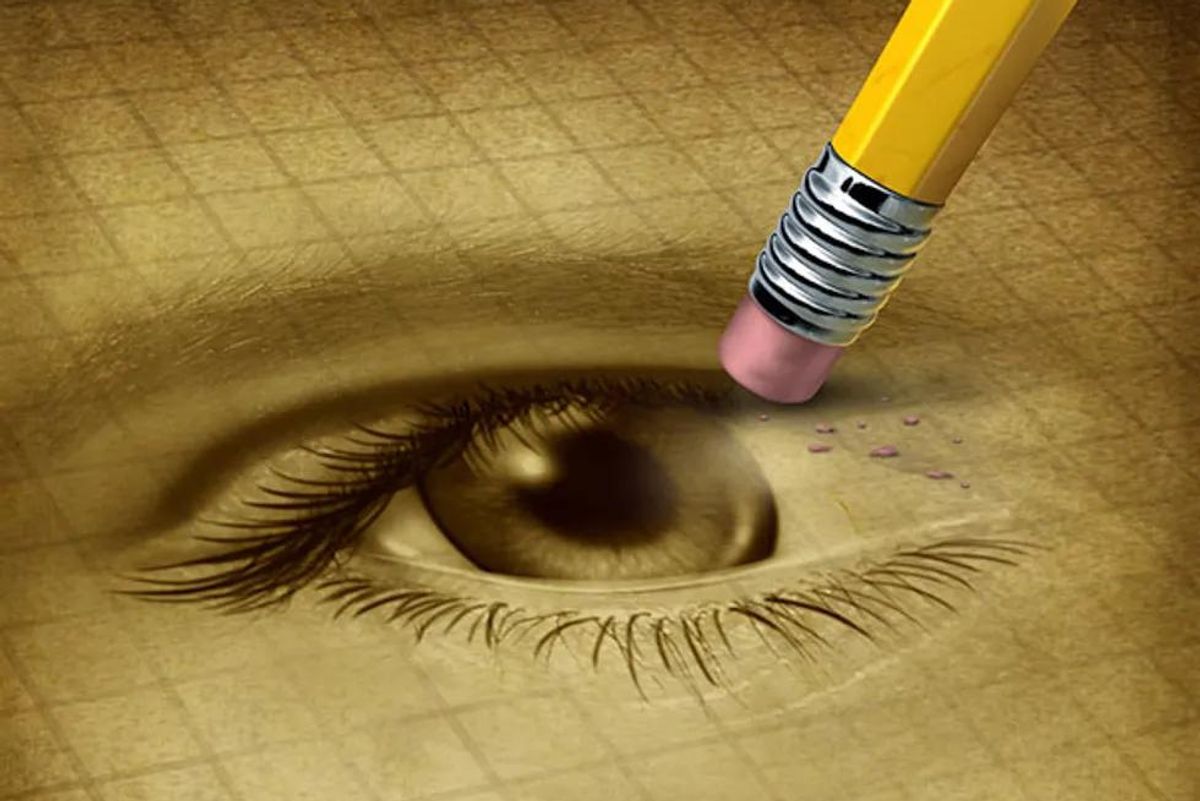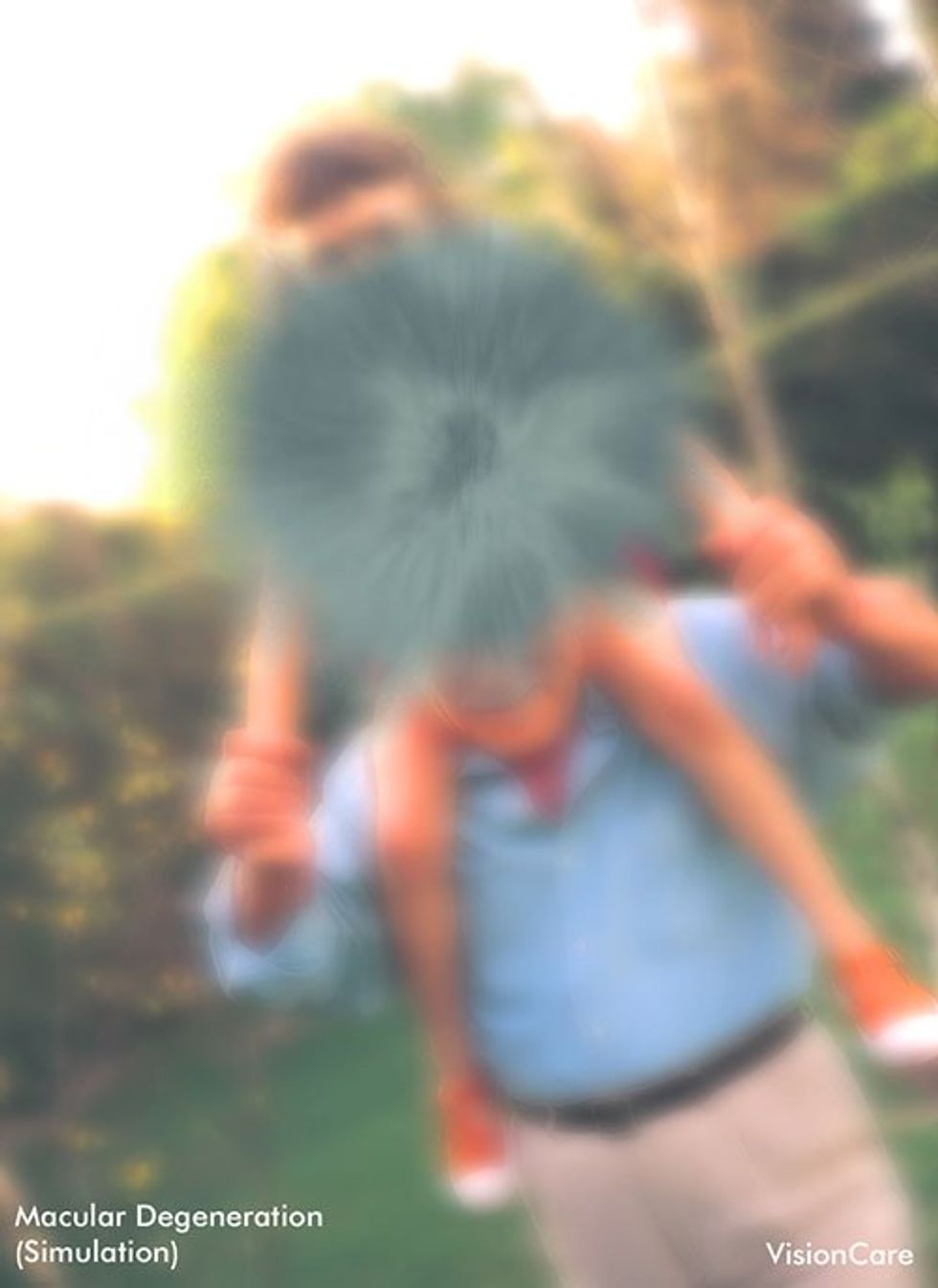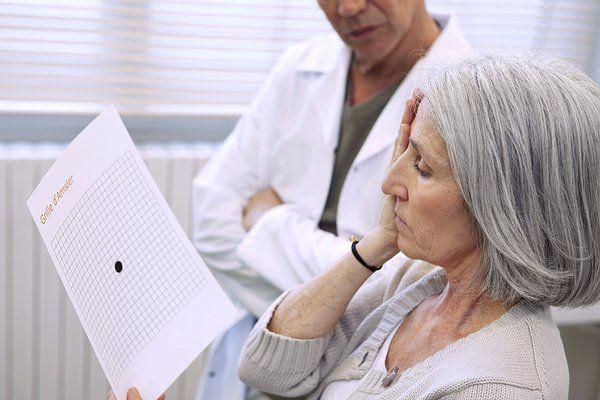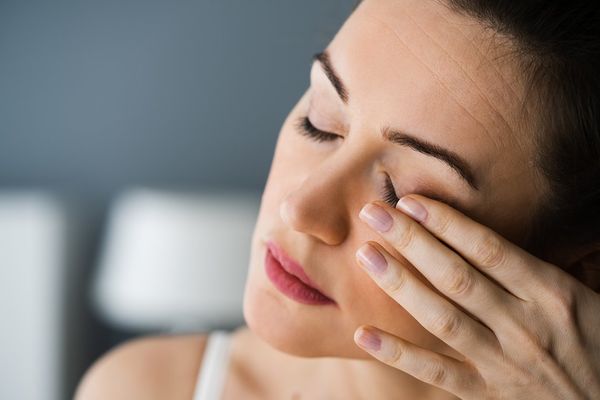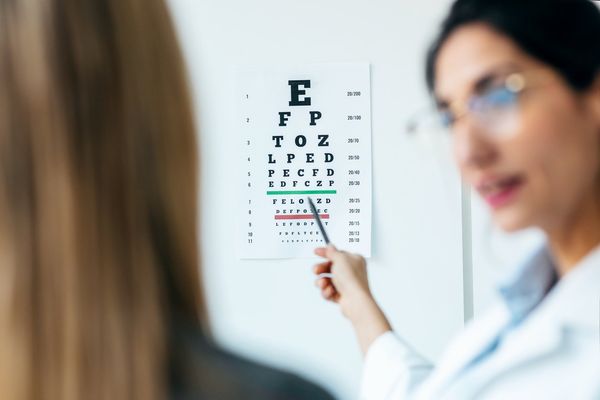By Samuel Masket, MD, of Advanced Vision Care of Los Angeles and clinical professor at the David Geffen School of Medicine at UCLA
New national survey results reveal that three out of four Americans don't know that the leading cause of blindness is age-related macular degeneration (AMD), despite more than 40 percent of older Americans either having it or knowing someone who has this disease for which there is no cure. The top choice selected was, incorrectly, glaucoma.
What Is AMD?
AMD is a progressive disease that damages the macula, the area of the eye responsible for central or "straight-ahead" vision. Over time, central vision becomes blurred, distorted or, in some cases, completely blocked. In its most advanced form, end-stage AMD, the disease can even lead to severe and permanent central "blind spots" in both eyes.
People living with end-stage AMD find it difficult or impossible to do everyday things, such as recognize faces, read or watch TV. The condition is also associated with increased stress and depression as vision diminishes.
As AMD worsens, the need for caregiving goes up. According to a recent study, people living with advanced AMD may need assistance as much as 3.7 hours per day and 4.7 days per week. Given that 72 percent of people living with AMD are cared for by either their spouse or adult child, family caregivers need a good understanding of how to best assist someone with limited central vision and the different treatment options available for their loved one as the disease progresses. Education and practical strategies can also ease the stress that caregivers report feeling in caring for someone living with AMD.
5 Fast Tips for Someone With AMD:
1. Initiate conversation. Make a list of questions for your eye care professional about your specific diagnosis and available treatments.
2. Live a healthy lifestyle. Quitting smoking, losing weight and controlling your blood pressure can help reduce the risk of AMD progression. Simple changes like adjusting lighting and investing in an e-reader (that allows for larger print) can make daily life easier.
3. Drive safely. Have a serious conversation with your family and physician about whether driving is safe for you and other people on the road.
4. Learn more. Research the latest treatments, such as the telescope implant for those with the severest form of AMD.
5. Find support. There are local low-vision resource centers, such as Lions Club International, and national AMD awareness groups across the country and online, such as BrightFocus Foundation, Macular Degeneration Partnership and the National Eye Institute.
AMD isn't preventable, but older adults can reduce their risk by maintaining normal blood pressure and cholesterol levels, avoiding smoking, exercising regularly, and eating a healthy diet with green leafy vegetables and fish.
To manage AMD, an ophthalmologist may recommend treatments ranging from vitamins, drug or laser therapy, or, even a pea-sized FDA-approved telescope implant for people with end-stage disease. It's important to see an eye care professional regularly to design an individualized treatment plan.
Bennion, AE, Shaw, RL, Gibson, JM. “What do we know about the experience of age related macular degeneration? A systematic review and meta-synthesis of qualitative research?” Social Science & Medicine. 2012;75:976-985.

